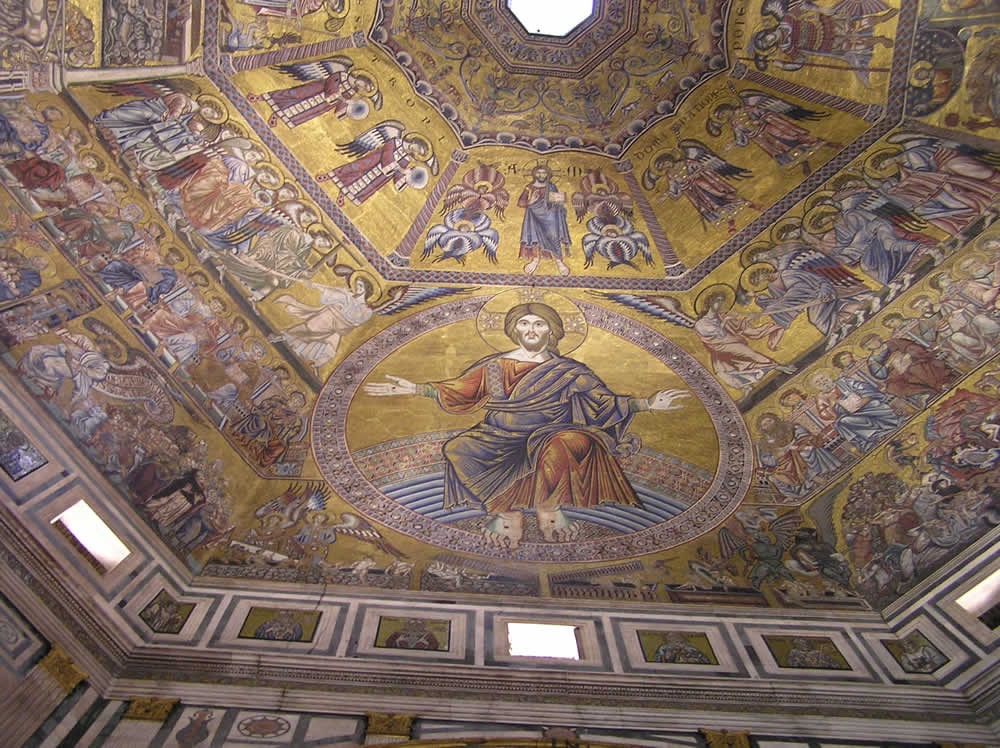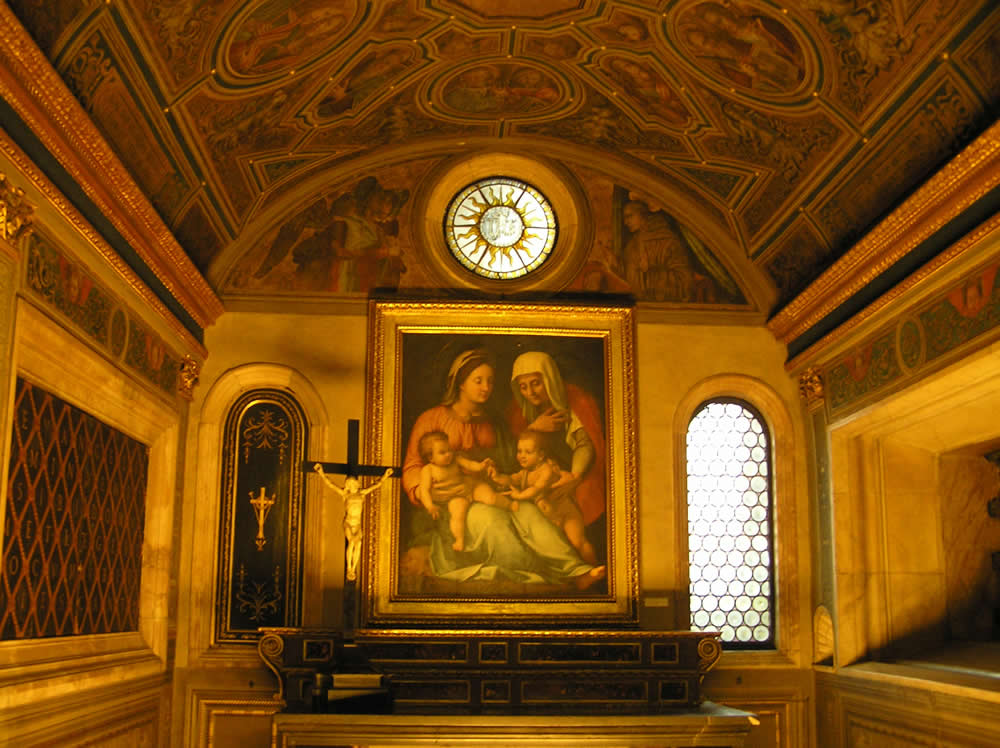Florence is an absolute masterpiece of Renaissance art. The city is one of the most famous and known tourist destinations in the world. Here are unique masterpieces such as the dome of Santa Maria del Fiore, built by Filippo Brunelleschi. Brunelleschi’s dome has been for hundreds of years the largest dome in the world, and has been […]





















